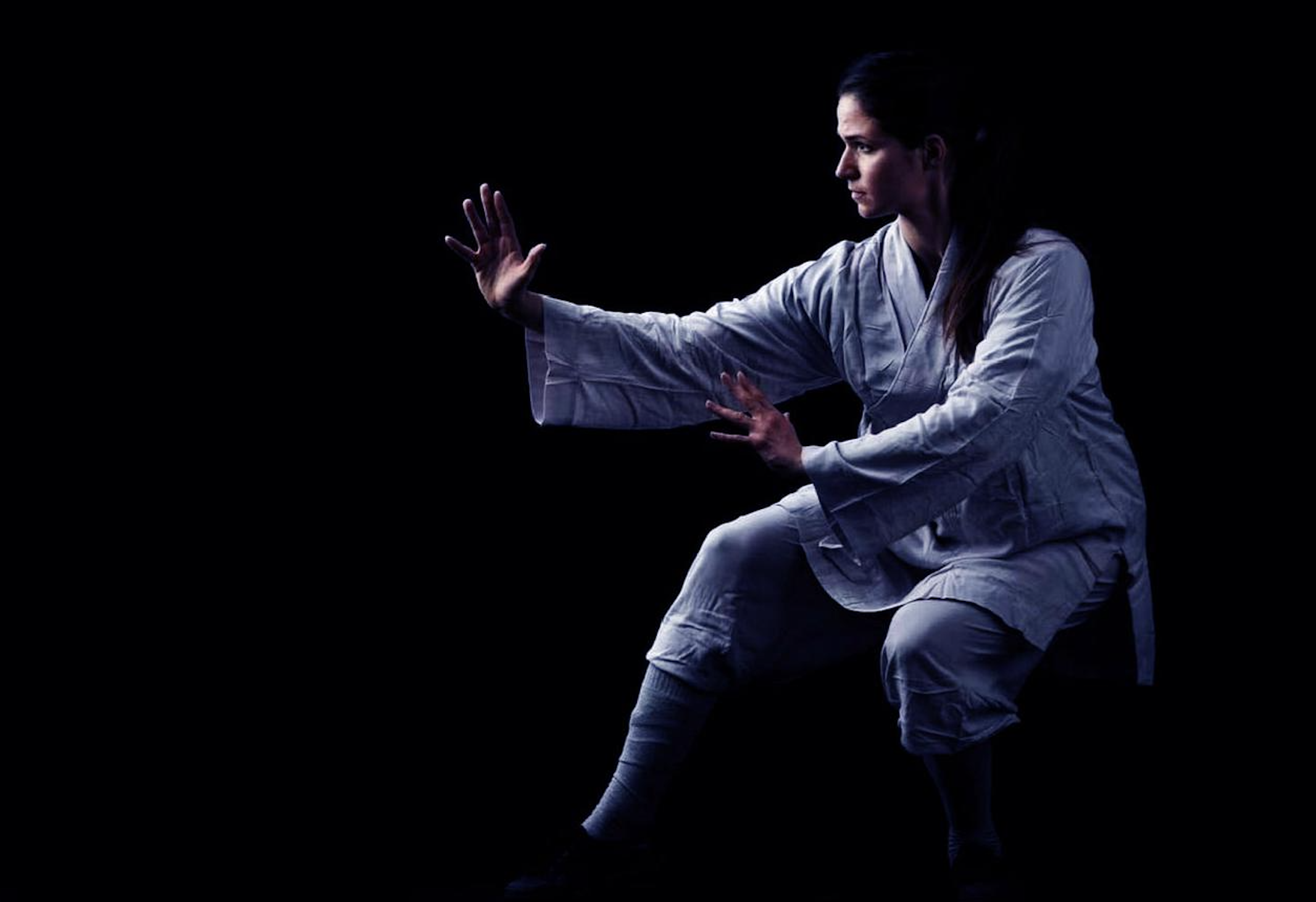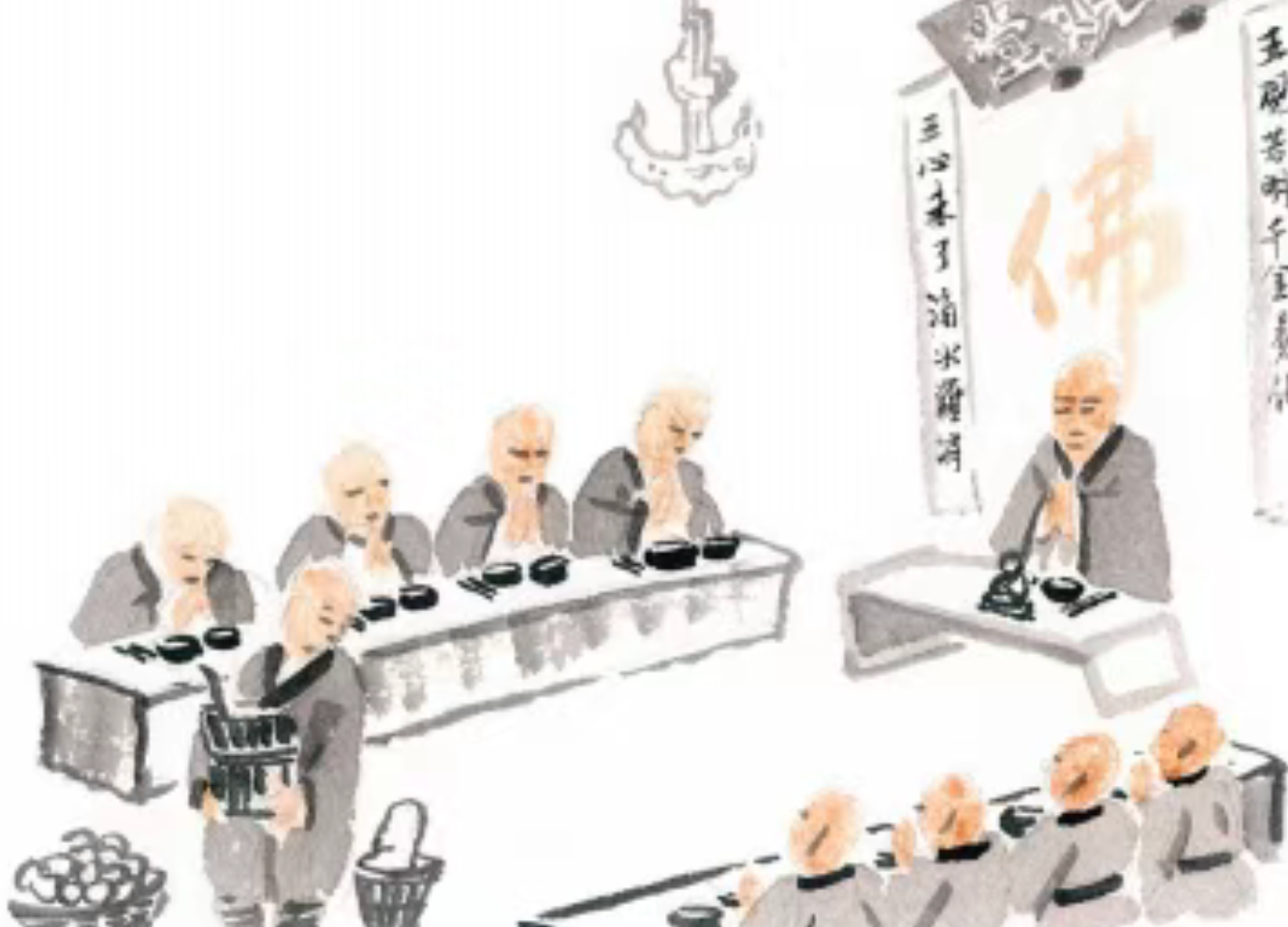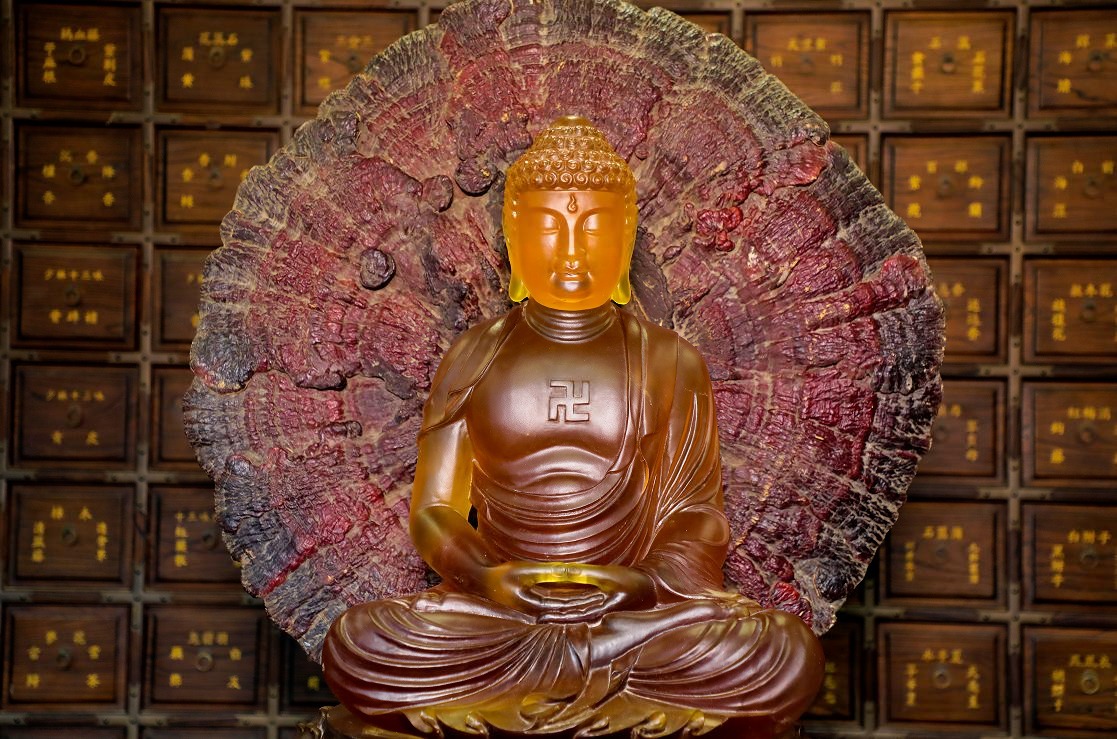“There is no martial art under heaven that does not originate from Shaolin; Shaolin Kung Fu reigns supreme.” This well-known saying reflects not only the historical significance of Shaolin martial arts in Chinese culture but also the deep respect it commands. Amid the vast world of Chinese martial arts—each with its unique origins, techniques, and philosophies—what makes Shaolin Kung Fu stand out? What fundamental differences set it apart from other styles? This article explores those questions through the lenses of history, spiritual philosophy, technical system, practical application, and cultural essence.
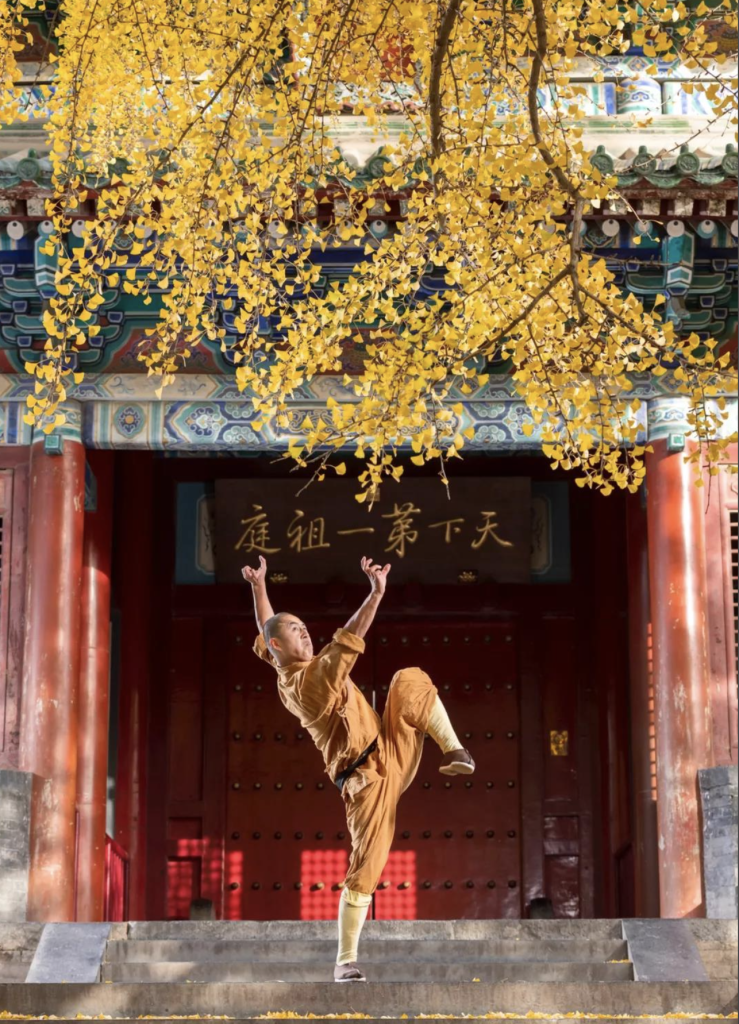
1. Unique Historical Origins and Cultural Background
Shaolin Kung Fu traces its roots to the Shaolin Temple on Mount Song in Henan Province. Legend has it that during the Northern and Southern Dynasties, the Indian monk Bodhidharma (Damo) arrived at the temple to spread Buddhist teachings. Observing that the monks were physically frail and unfit for prolonged meditation, he created exercises such as the Yi Jin Jing (Muscle Tendon Changing Classic) and the Xi Sui Jing (Marrow Washing Classic) to strengthen their bodies. Thus began the integration of Chan (Zen) Buddhism and martial arts—a principle that lies at the heart of Shaolin Kung Fu.
Unlike other martial arts traditions that often arose from the need for self-defense, warfare, or lineage prestige, Shaolin Kung Fu was born out of spiritual practice. It was never meant solely for fighting or defeating others but rather for cultivating the body to support spiritual awakening.
In contrast:
- Wudang martial arts are based on Taoist principles and emphasize internal cultivation and balance.
- Emei martial arts combine Buddhist and Taoist influences, often with a softer, more elegant style.
- Southern styles are typically short, fierce, and practical.
- Northern styles are more expansive and agile.
Shaolin’s distinct emphasis on “Zen and martial arts as one” sets it apart from all others.
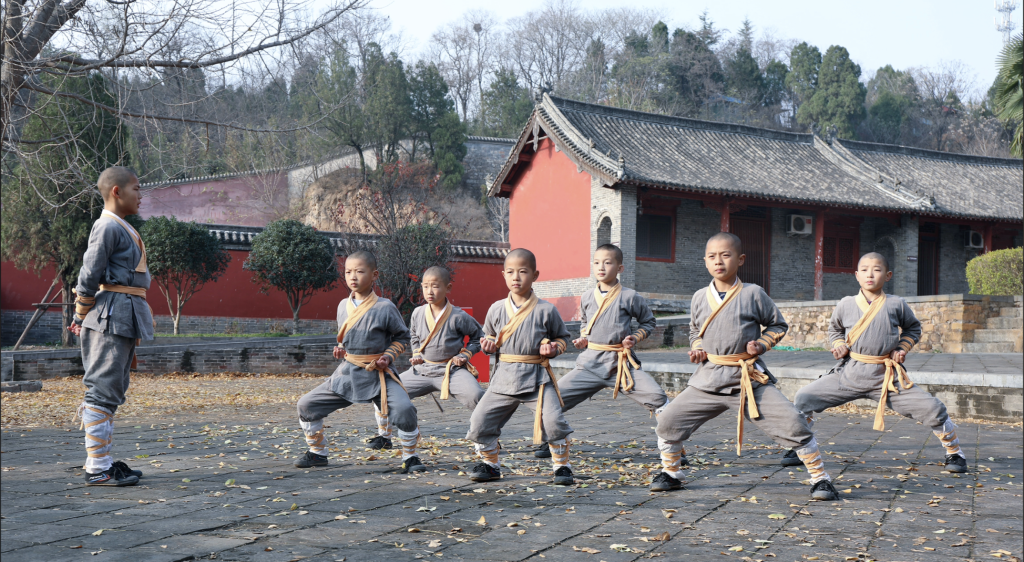
2. Spiritual Core: “Zen and Martial Arts as One”
1. Zen Mind as the Foundation, Martial Practice as Expression
The defining feature of Shaolin Kung Fu is the concept of “Chan Quan He Yi”—the union of Zen (Chan) and martial arts. This means that practitioners not only train their bodies but also use martial arts as a path to enlightenment. This training system encourages:
- Cultivating the mind through Zen: calming the spirit, gaining insight into the nature of the self.
- Strengthening the body through Kung Fu: improving physical health and endurance.
- Using martial movement as a form of spiritual practice.
Most other martial arts styles focus on combat techniques, bodily mechanics, and power generation. Few—if any—integrate a full-fledged spiritual path into their system the way Shaolin does.
Shaolin monks do not merely train in martial arts—they also meditate, chant sutras, live by moral discipline, and maintain a rigorous daily routine. Through this, martial arts becomes not just a physical pursuit but a way to temper the will, discipline the mind, and attain inner peace.
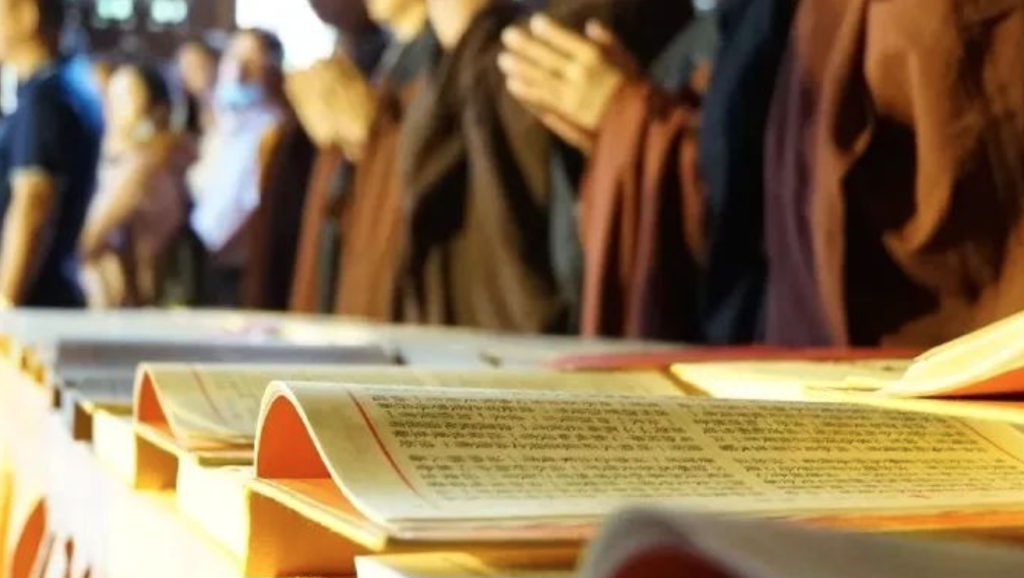
2. Stillness in Motion, Motion Within Stillness
As Bodhidharma taught: “If you wish to see your true nature, you must first strengthen your body.” This principle underscores the Shaolin belief that physical health is essential to spiritual awakening.
Thus, every move in Shaolin Kung Fu carries dual significance:
- As a martial technique: block, strike, defend, advance.
- As a spiritual metaphor: patience, clarity, self-awareness.
Training in Kung Fu is not for fame or violence, but for self-mastery. Meditation is not escapism, but a way to sharpen focus and compassion. When the two converge, the practitioner attains harmony of body and mind.
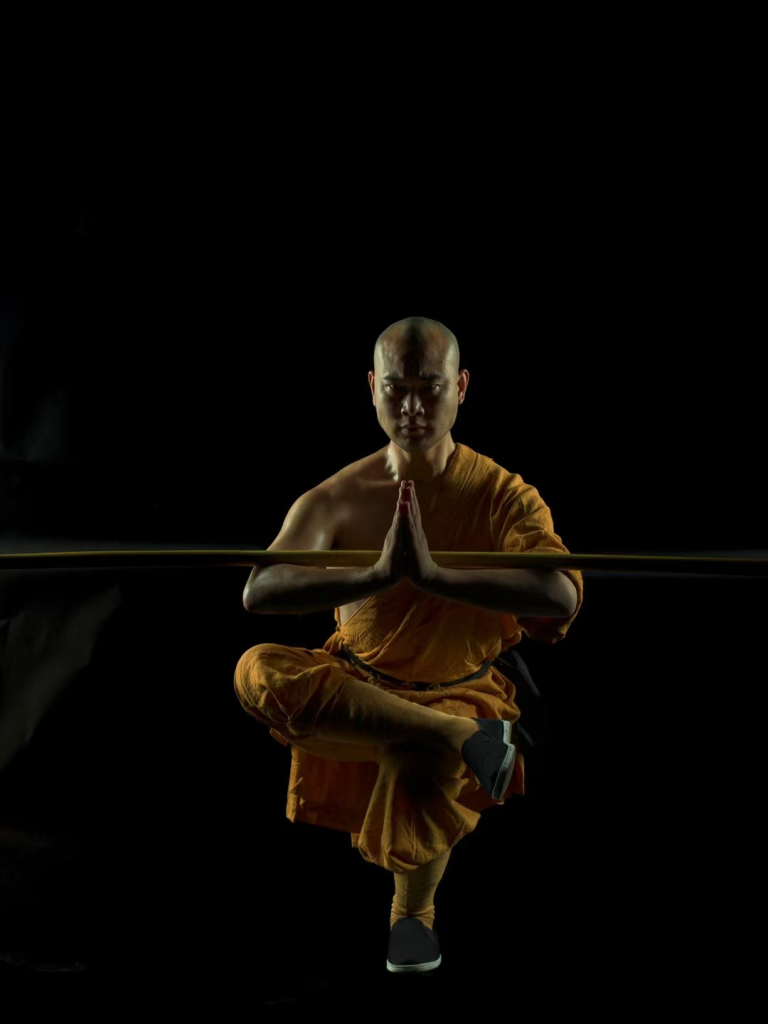
If you need to improve focus and calm your mind, you can turn to external aids—like the five-spice beads below, crafted by Shaolin using a gentle blend of various herbs. They release a subtle, lingering fragrance that helps you quickly enter a centered state. Many monks of the Shaolin Temple carry them with them.
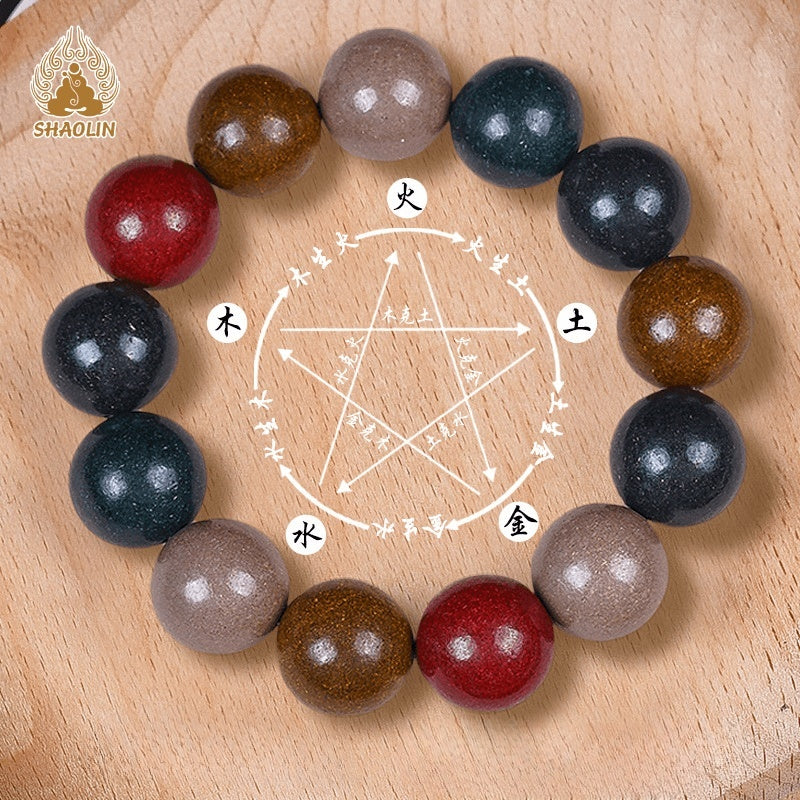
Wu Xing Beads | Five Element Harmony Bracelet
From the ancient teachings of the Shaolin Temple comes the Wu Xing Beads — a wearable expression of holistic balance, The scent is mellow and calming, like aged herbs—never sharp, just smooth and soothing. Over time, it unfolds gently, bringing warmth and balance.
Learn About This Shaolin Treasure3. A Comprehensive and Rigorous Technical System
Shaolin Kung Fu is renowned for the depth and breadth of its techniques. It boasts hundreds of complete routines (taolu), encompassing a wide range of combat and health practices—punches, kicks, grappling, weaponry, qigong, hard conditioning, and more.
1. Diverse Forms Combining Practicality and Aesthetic
Some notable styles include:
- Luohan Quan (Arhat Fist): representative of Shaolin’s powerful, direct approach.
- Meihua Quan (Plum Blossom Fist): agile and balanced.
- Xiaohong Quan & Dahong Quan (Small & Big Red Fist): strong, forceful, and battle-ready.
- Damo Quan: inspired by Zen principles, unpredictable in motion.
- Five Animal Styles: mimicking the movements and spirit of the tiger, crane, leopard, snake, and dragon.
Each form contains practical applications but also symbolizes elements of nature, spirituality, and character cultivation.
2. Mastery of Traditional Weapons
Shaolin martial arts are known for their “Eighteen Arms of Shaolin”, including swords, staffs, spears, chains, hooks, whips, and more. Among them, the Shaolin staff (gun) is considered the best in all of China, known for its versatility, strength, and technique.
3. Internal Cultivation and External Power
Shaolin martial arts balance internal health with external power. Internal practices like the Yi Jin Jing, Xi Sui Jing, and various qigong routines promote circulation, vitality, and inner peace, drawing heavily from traditional Chinese medicine.
In parallel, Shaolin is famed for its hard qigong, such as:
- Iron Shirt: body conditioning to withstand impact.
- Iron Palm: developing striking power.
- Iron Head, Sandbag Training, etc.
While other martial styles may specialize in one area—such as the internal focus of Wudang or the explosive strikes of Southern styles—Shaolin strives for balance across all areas: internal, external, hard, soft, offense, defense.
4. Practical Application: Unity of Combat and Self-Discipline
Though rooted in spiritual discipline, Shaolin Kung Fu is not lacking in combat practicality. Throughout history, Shaolin monks have participated in real-world conflicts:
- Assisting Emperor Taizong of the Tang Dynasty.
- Fighting off Japanese pirates during the Ming Dynasty.
- Resisting invasions and uprisings in later eras.
In combat, Shaolin techniques emphasize:
- Efficiency: ending the fight quickly and decisively.
- Simplicity: direct strikes along the central axis of the body.
- Balance: merging hard and soft techniques.
- Mental training: using Zen to cultivate focus, courage, and quick thinking.
In contrast:
- Taiji is profound but slow to master in real combat.
- Southern styles are powerful but may lack comprehensive body movement training.
- Xingyi is highly practical but less focused on spiritual or health aspects.
Shaolin Kung Fu offers a well-rounded training system, ideal not just for self-defense but also for fitness, longevity, and personal growth.
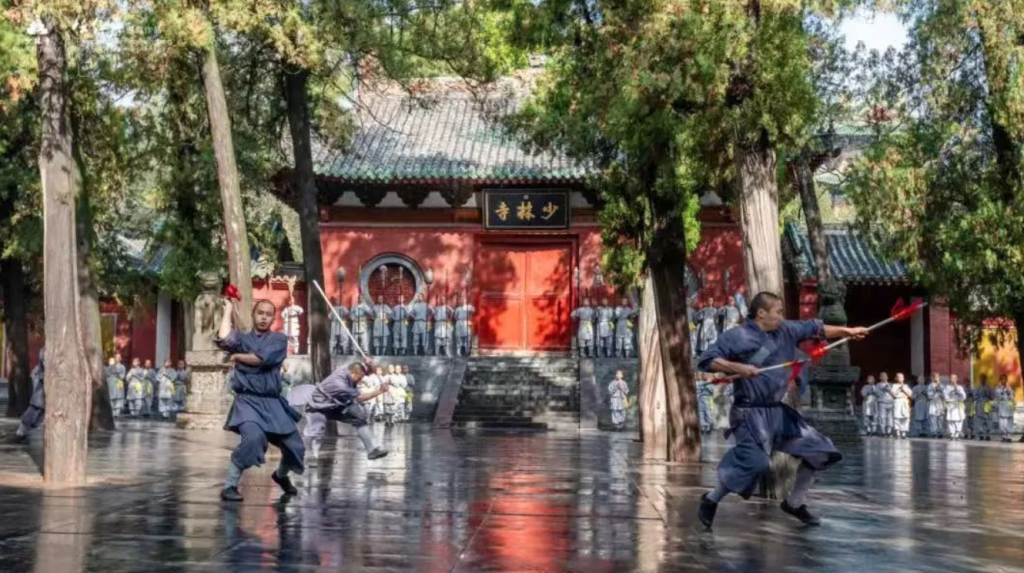
5. Cultural and Philosophical Depth: The “Wisdom Within the Fist”
Shaolin Kung Fu is more than physical movement—it is a cultural philosophy, a living expression of Zen Buddhism. Zen teaches direct insight into one’s nature, and martial arts becomes a method to approach that realization.
1. Martial Arts as a Vessel for Buddhist Wisdom
The Shaolin saying “Every tree is a Bodhi, every sound contains Buddhist truth” reflects how spirituality permeates even the smallest aspects of martial training. For example:
- Luohan forms reflect the spirit of Buddhist protectors.
- Five Animal styles symbolize harmony with nature.
- Staff techniques reflect the non-killing vows of Buddhism: defense without cruelty.
In this way, martial movement becomes a metaphor for moral discipline and spiritual awareness.
2. Natural Harmony and Flow
Shaolin also teaches the principle of “moving with the moment”, letting go of rigid techniques in favor of spontaneity, intuition, and presence.
At the highest level, a Shaolin practitioner moves without thought, strikes without form, embodying perfect harmony with surroundings and opponent. This resembles the Daoist ideal of “wu wei” (non-action), but the core of Shaolin is not Tao—it is compassion, wisdom, and awakening through Buddhism.
6. Why Shaolin Kung Fu Has Endured for Millenni
Shaolin Kung Fu has flourished for over a thousand years because it is not just martial arts—it is a way of life, a method of awakening, a culture of wholeness.
Compared with other martial arts:
- It originates from religion and serves spiritual practice.
- It fuses Zen and martial arts into one.
- It excels in technique, philosophy, and application.
- It embodies the profound wisdom of Chinese culture.
Thus, Shaolin Kung Fu is not merely “martial”—it is “spiritual,” “philosophical,” and “human.”
In a modern world full of noise and distraction, Shaolin Kung Fu teaches us not just how to punch or block—but how to cultivate stillness, clarify the mind, strengthen the body, and awaken the soul. That is what truly sets it apart from all other martial arts.
